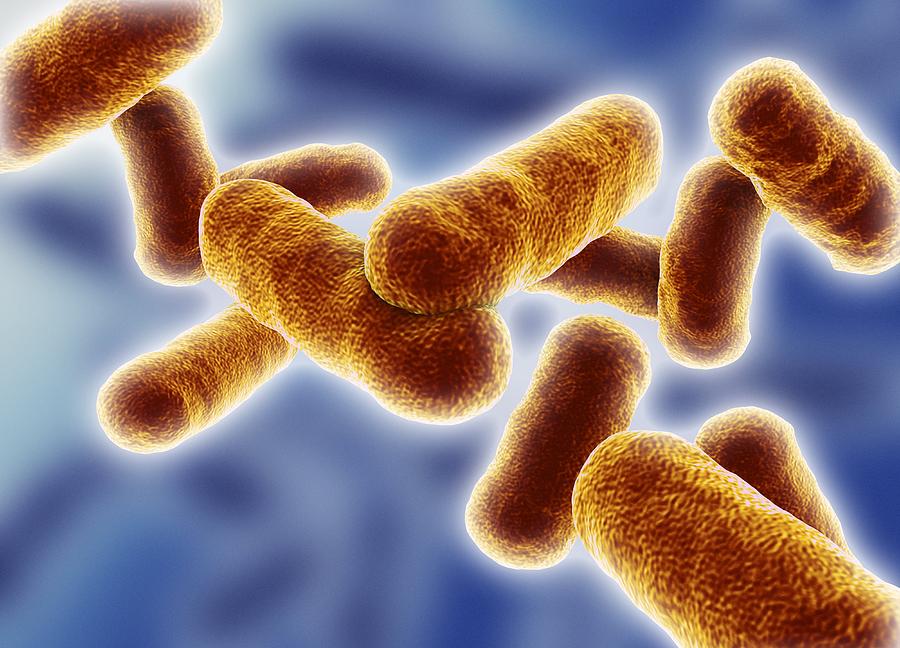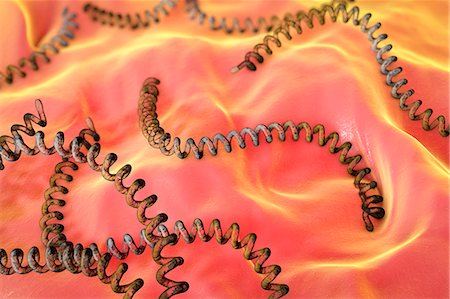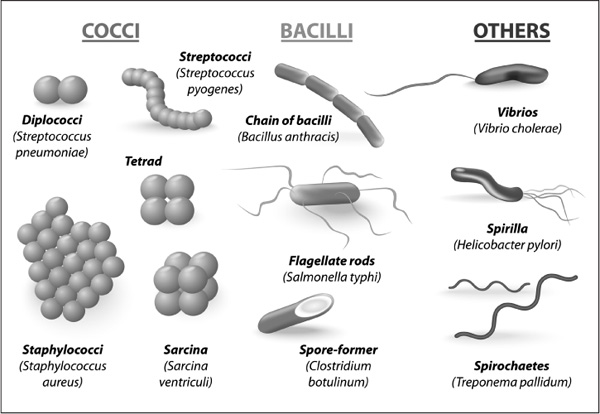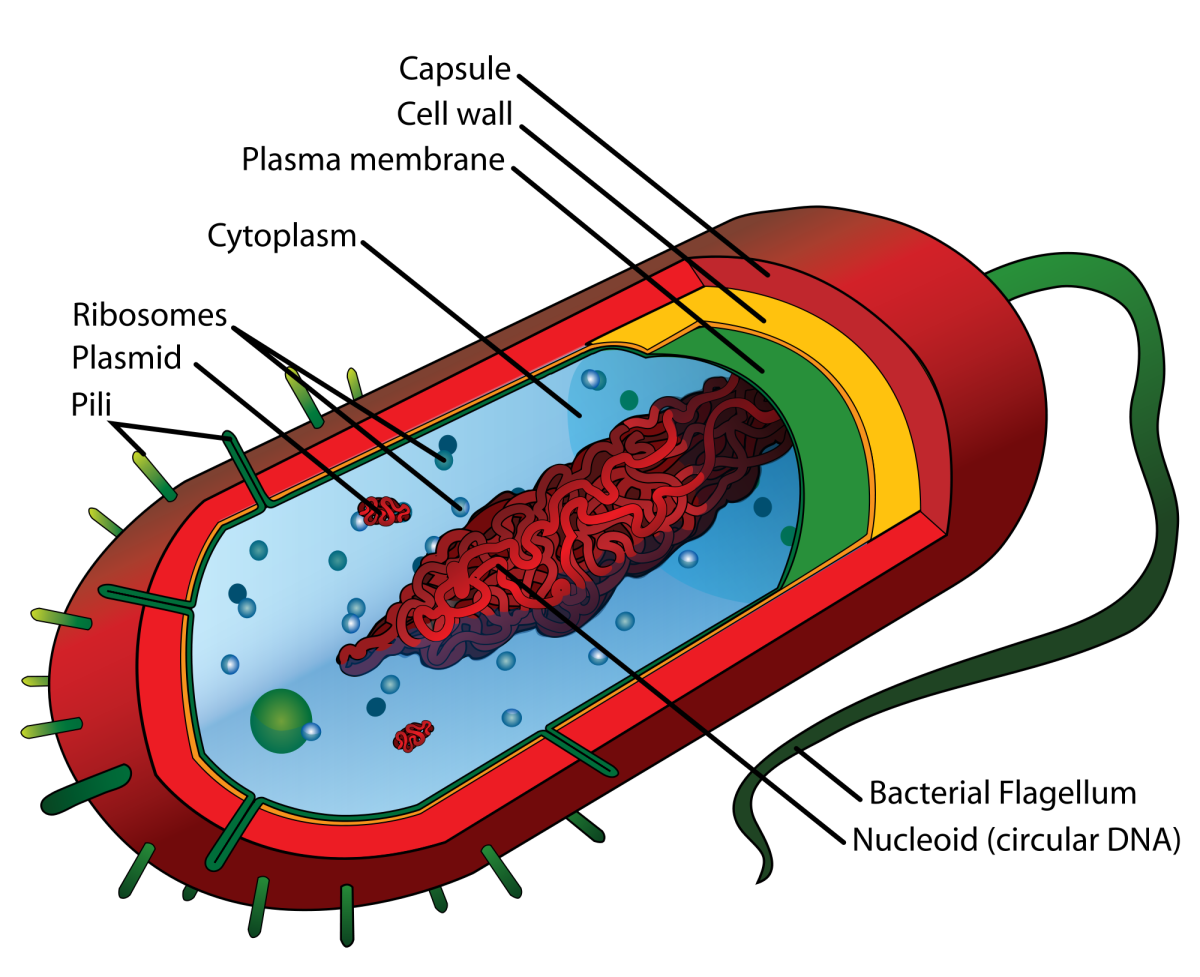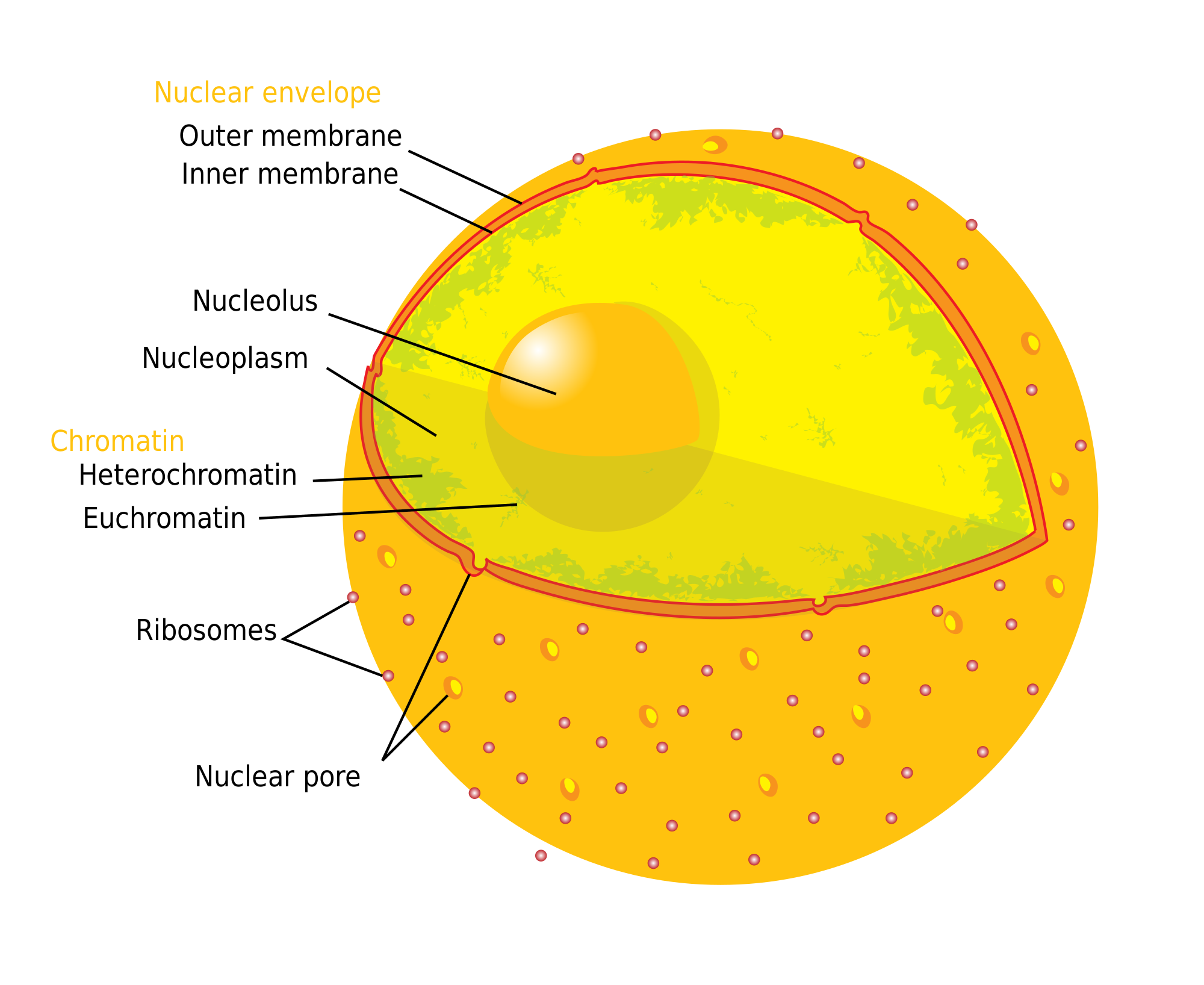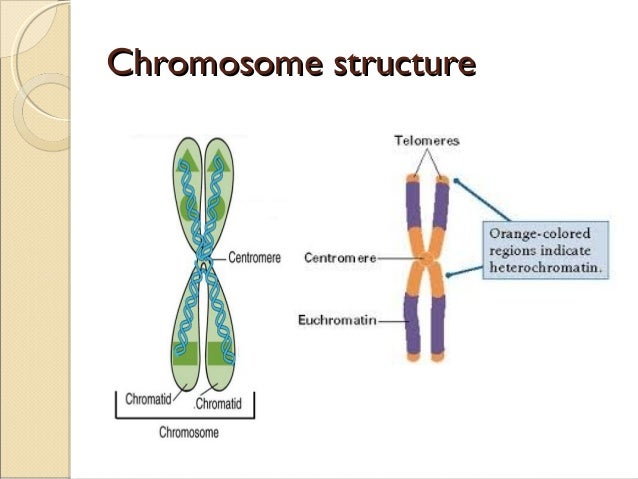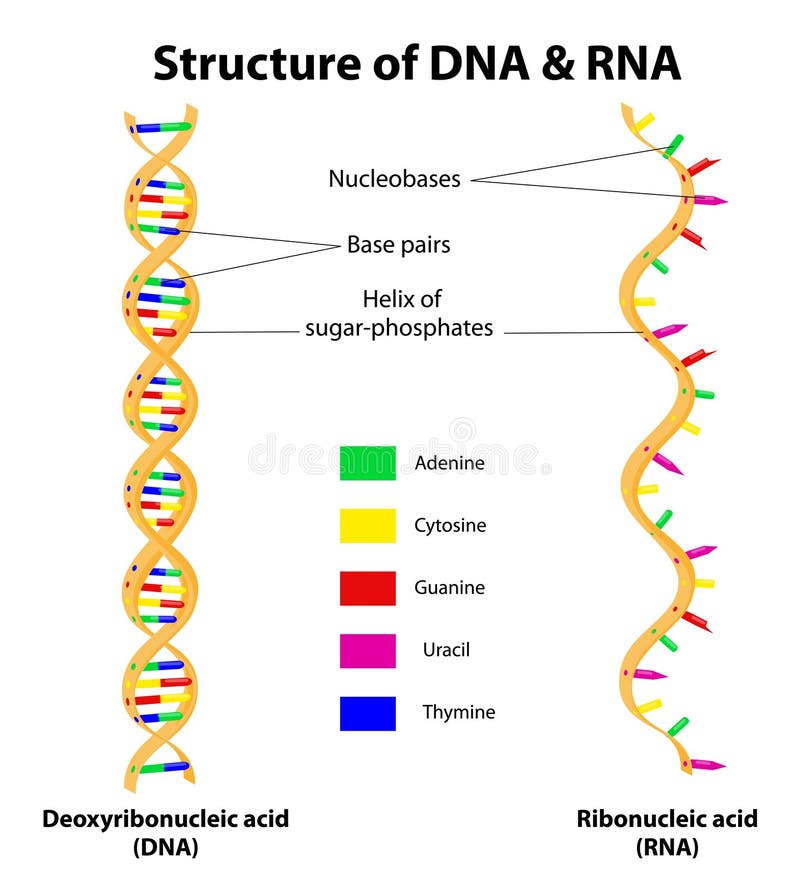Telome Theory
It is now widely accepted that the present day plants with green leaves and branches have evolved from the axial sporophyte of the earliest and most primitive land plants. Devinian Psilophytales which are considered to be the earliest vascular land plants, had a simple dichotomously branched axis with leaves and roots. Some of their terminal branches bore sporangia while other were sterile.The Telome Theory was 1st proposed by the German palaeobotanist Walter Zimmermann in his1930 book entitled "Die Phylogenic de Pflanzen.
What is Telome?
The name
telome has been given to the simple ultimate terminal portions of a dichotomously branched axis. These axes are undifferentiated and single nerved.Two telomes of a dichotomizing axis are united below the point of dichotomy to form a fused structure, called
mesome. There are two types of telomes on the basis of their function.
- Vegetative or sterile telomes-These telomes are without sporangia and they are also called phylloids.
- Fertile telomes- Those telomes which bore terminal sporangia are called fertile telomes.
During the time of evolutionary development, telomes become grouped together and form a complex structure,is called syntelome or telome truss. When a syntelome consisted of only sterile telomes is called phylloid truss and a fertile truss if it consisted of only fertile telomes and a mixed telome truss or mixed syntelome when it consisted of both sterile and fertile telomes.
Process of Telome Theory-
Zimmermann suggested that the following five elementary process were responsible for the development of higher vascular plants from the early vascular criptogams.
- Overtopping
- Planation
- Syngenesis
- Reduction
- Curvation
1.Overtopping:
In this process one of the two dichotomizing brnches of an axis become laarger, stronger and grew vertically upward as the main axis. The shorter dichotomy was displaced laterally and it served as precursor of megaphylls.
Thus in this process the weaker branch was overtopped by the stronger branch. It resulted in the development of monopodial branches from equal dichotomies. Evolutionary studies have also shown that dichotomous branching is frequent in primitive pteridophytes and monopodial in advanced forms.
2.Planation-:
The equal dichotomies of a system,(cruciate dichotomy) which were in more than one plane come to lie in a single plane (fan-shaped dichotomy).This process, known as planation, helps in the interpretation of the development of organs of bilateral symmetry from those of radial symmetry. Thus, planation must have led to the evolution of leaf.
3.Syngenesis:
In this process, telomes and mesomes came to lie within a common parenchymatous tissue. This process is also known as fusion or webbing. Syngenesis also involves the fusion of vascular strands of telomes. It is an important process which explains the formation of (i)leaves with open dichotomous,pinnatified and reticulate venation and(ii)polystelic condition found in Selaginella and some fossil members of the Devonian and Lower Carboniferous period.
4.Reduction:
It involved transformation of a syntelome into a single needle like leaf. This process thus accounts for the evolution of simple microphyllous leaves of the lycopods.
5.Curvation:
It is brought about by unequal growth of tissues on two opposite flanks of the telome. There are two types of curvation process have been recognized.
When telomes bent downwards, it is called recurvation. It is believed that recurved position of sporangia in the Sphenopsida is the result of this process.
This process accounts for the shifting of sporangia to the ventral surface of the leaf in ferns.
Merits of Telome Theory:
Telome theory provids an excellent interpretation of the origin and evolution of sporophyte of land plants. It is based on phyletic relationship between the various groups of plants,both living and fossils. The Elementary processes proposed by Zimmermann provide a basis of interpretation which remove outstanding morphological difficulties in the lower vascular plants.According to Eames (1936),though the theory is built upon structure in the lowest known vascular plants, higher plants can also be safely interpreted in this way. Bierhorst (1971) is of the view that the theory is too simple and too easily applicable but unfortunately its excessive use has greatly diminished its value.
Demerits of Telome Theory:
- An important drawback of the telome concept is that Zimmermann has taken telome as a ready-made structural unit, without explaining as to how such a structure really came into existence.Although this problem was later realized by Zimmermann himself and he put forward several other elementary processes, but they do not satisfy plant morphologists.
- Many fossil plants of much greater compllexity than Rhynia have been discovered in the beds of the same age. They bore whorled or lateral sporangia instead of terminal sporangia. The telome theory does not explain such arrangements of sporangia.
- According to the telome theory ,all leaves in plants are telomic in nature. But Bower(1935) condidered that microphyllous leaves are simply outgrowths of the stem, i.e, they are not the end product of reduction.
- According to the telome theory,the polystelic condition , such as found in the stem of Selaginella, has developed due to syngenesis and siphonostelic and actinostelic conditions are supposed to be the products of tangential or redial fusion of vascular systems of polystelic axis. Such an explanation is opposed to the widely accepted concept of stelar theory.






